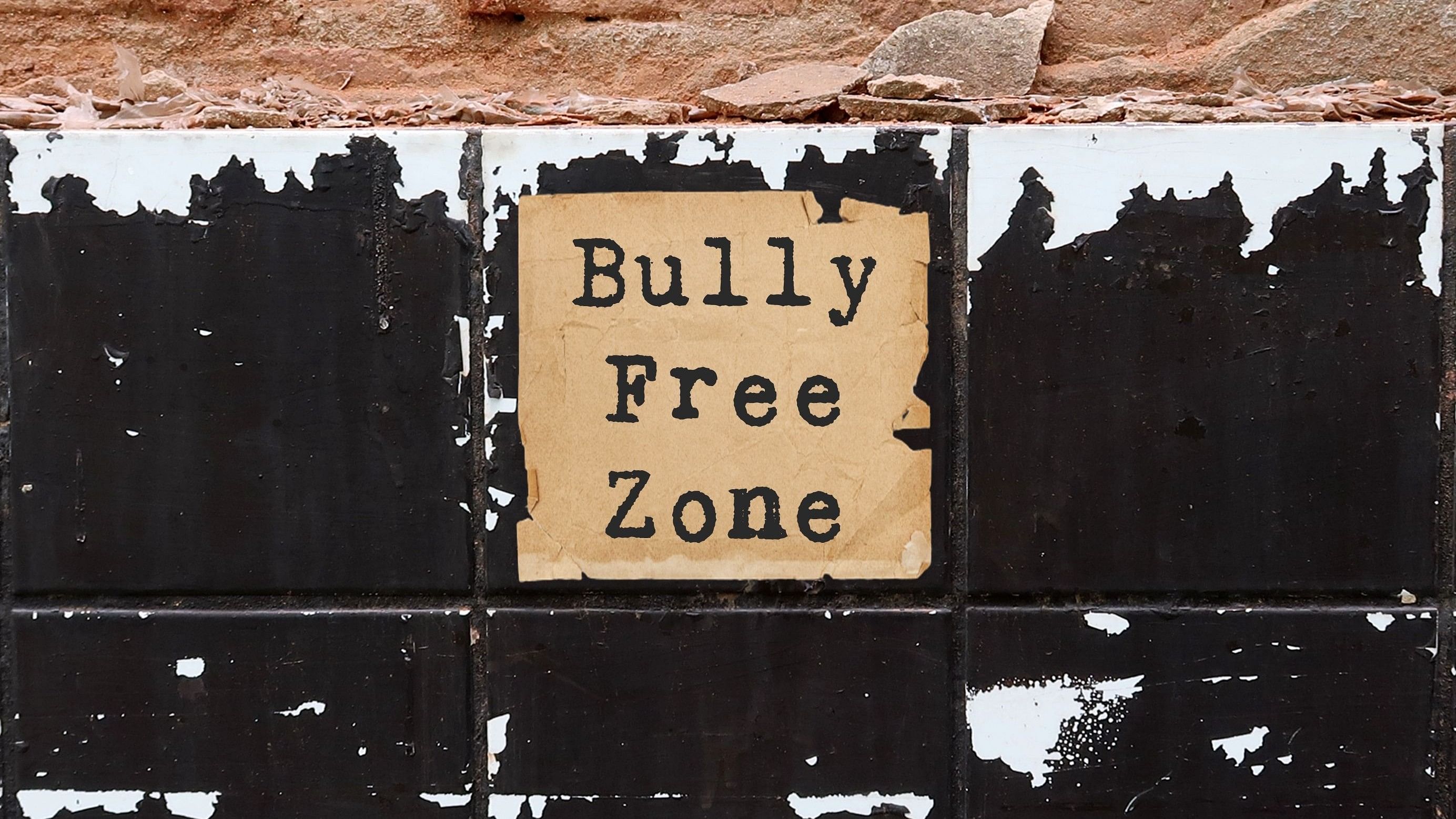
Representative image.
Credit: iStock Photo
New Delhi: Tanyaa Raturi remembers being deeply embarrassed in school when a friend pointed to the hair on her legs and told her about the jokes people were making behind her back.
Eighteen years later, Raturi is now in her 30s, a gender rights activist and one confident in her skin. And yet, that mix of adolescent awkwardness, otherness and humiliation never really went away. It came back with vivid detail recently when a young woman was brutally trolled for her facial hair, a reminder if any were needed of the unrealistic demands placed on women forced to conform to societal beauty standards.
What should have been a moment of pride for young Prachi Nigam, an Uttar Pradesh board topper, became a nightmare when she became the victim of vicious body shaming.
The personal attacks led Nigam to say during an interview with BBC News Hindi: “A few less marks in exams would have been better than such trolling.” Nigam topped the Class 10 Uttar Pradesh board exams with 98.50 per cent marks.
That was not all. More attention was in store for the young woman in the spotlight for all the wrong reasons.
The Bombay Shaving Company put out a front-page advertisement in leading English newspapers that read - “Dear Prachi, they are trolling your hair today, they’ll applaud your AIR tomorrow” with a tagline, “we hope you never get bullied into using our razor”.
Brands, according to Shwetank Bansal, consultant psychiatrist at BLK-MAX Super Speciality Hospital, are in the business of creating standards for everything and the messaging impacts the “external locus of identity” in young adults – and not just women.
“Internal locus of identity means I am who I think I am. And the external locus of identity means I am who you think I am. So in young adults, this external locus of identity is very strong, making their self-esteem entirely almost dependent on the sort of response they elicit from others,” Bansal told PTI.
The incidents involving Raturi some 18 years ago and Nigam in 2024 reflect the norms for unrealistic beauty standards that have increasingly been legitimised and given strength to by brands and social media.
While in school, Delhi-based Raturi said she found an advertisement for a hair removal cream that showed a man brushing against a woman and getting dramatically surprised at her hairless and smooth skin.
“I was embarrassed to hear what my classmates were saying about me. I didn’t grow up in a family where this was a big deal, but it certainly was outside,” Raturi told PTI.
The advertisement prodded her to buy the cream, only to end up with a burning sensation on her skin and questioning her own idea of beauty.
“I think brands do choose to shame bodies that are not conventionally considered desirable by only targeting a certain body type. When you see this body type becoming a norm and being advertised as the ideal, it makes you question whether you can be desirable or not,” Raturi said.
For those who don’t fit in to the inflexible bracket of how men and women should look, the challenges are many.
Another young adult, 26-year-old Rohit Jatav, had difficulty coming to terms with his patchy beard that was pretty much nonexistent when he left school, inviting slurs like “chhamiya”, “chikna”, or “meetha” (disparaging terms for homosexual men) from his classmates.
“Most of my friends had grown a beard by the time we entered Class 12. To make it worse, there were ads showing men with beards equivalent to a beehive,” Jatav said.
A medical representative in Delhi, Jatav has found acceptance in an industry that welcomes clean-shaven men, relieving him of the peer pressure of growing a beard.
However, the thought of not “becoming a mard (man)” has adversely impacted his self confidence over the last decade since he left school.
According to Bansal, the young become especially sensitive to societal standards and societal norms of desirability of beauty.
These standards can get embedded at a very core level in the minds of young adults and can often, unfortunately, shape their thoughts going forward, he added.
With young and old alike spending long hours on smartphones, brands have also shifted their focus towards social media marketing that currently has few checks and balances in place.
Influencers can create and share branded content largely as they see fit, which sometimes may not be entirely appropriate for audiences across age groups.
Children are especially vulnerable to this trend of “reckless marketing”, said communications strategy consultant Karthik Srinivasan.
“It is dangerous, and this is being accentuated particularly badly through social media platforms like Tik Tok and Instagram. It sets up a damaging precedent in young children by shaping their open, innocent perspectives about beauty into how adults think about beauty, with all the stereotypes and biases,” Srinivasan told PTI.
How does one create an ecosystem towards ads for more inclusivity? “Make more people, both in the client and agency side, actively and fearlessly question creative choices and decisions, and see if the idea withstands criticism from people closest to the brand/product,” Srinivasan said.
And to normalise all body types, Manoj Kumar Sharma, clinical psychologist at the National Institute of Mental Health and Neuro Sciences (NIMHANS), said involvement of all stakeholders is imperative.
“We have to involve stakeholders like parents, teachers, paediatricians, child mental health professionals etc to discuss these issues, normalise different body types, help children to develop other domains of success and appreciation. And, if there is over involvement or dysfunctions, recommend them for consultation,” Sharma said.